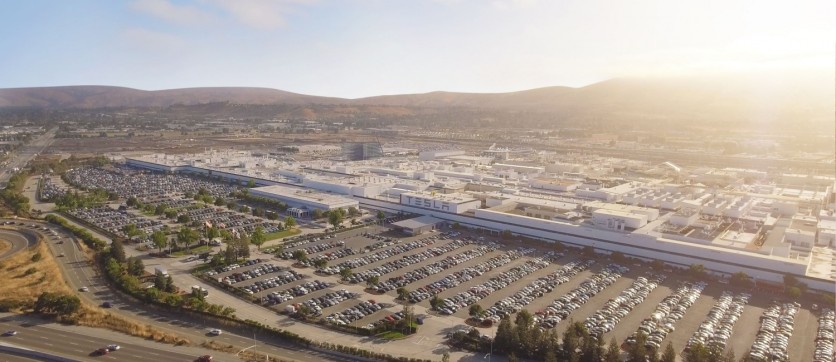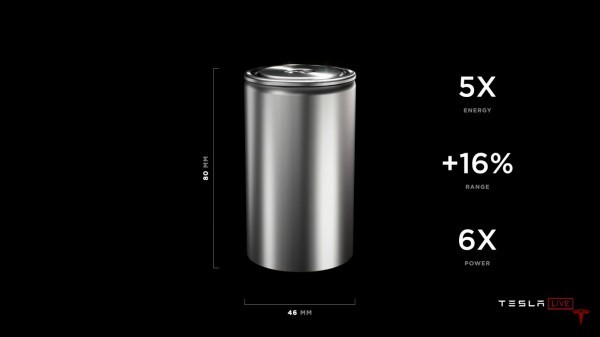Tesla has recently dropped its plans to acquire a mining company in Nevada after getting rights to 10,000 acres of "lithium-rich clay deposits" in the state as announced in the recent Battery Day event.
This is part of Elon Musk's ambitious plan to mine its own lithium as Tesla's deal with Cypress Development Corp. did not materialize. However, the mining company declined to comment on the deal's status.
Tesla already has a Gigafactory in Nevada and sourcing out lithium in the state would be cost-effective as the transport cost would be reduced.

Instead of buying out the mining company, the automaker has secured rights to legally mine lithium, which will allow Tesla to produce its cathode materials and reduce the cost by 12%.
However, Tesla may have some issues with starting a mining company in Nevada as cattle ranchers rely on underwater reserves, which the automaker is likely to tap to produce the metal in large quantities.
At present, lithium mining is common in Australia and South America where it is usually harvested into a brine. In contrast, Australian miners get lithium from rocks, which are turned into spodumene concentrate.
Experts questions Tesla's lithium mining plans
Lithium mining is a key to the CEO's vision for Tesla's drive to innovate the manufacturing process as Tesla plans to boost its supply chain and develop longer-lasting and much cheaper batteries. The affordable battery would eventually cut the cost of electric vehicles and enable Tesla to build a $25,000 self-driving electric car in three years.
During Battery Day, Musk explained how Tesla would extract lithium from clay by mixing it with salt and adding water. The process will produce no water waste while the processed clay would be returned to the site. This would be the first time that a company would have clay to metal production on a commercial scale.
However, experts raise questions about Tesla's plan to produce lithium on its own. "Are we just supposed to take Elon Musk's word for it that the cost will be lower than existing lithium projects?" asked Chris Berry who is president of a consulting firm for the lithium industry.
Meanwhile, Musk promised "about three years" while people who are familiar with the industry claimed it may take more time to jumpstart lithium production, which would delay the company's timeline for a $25,000 model.
"If Tesla really wants to fly solo, we're talking about four to five years to really see any kind of lithium production," Global X Lithium & Battery Technology ETF research analyst Pedro Palandrani told Reuters.
Tesla's tables battery
Tesla has introduced its new tabless battery cell design that will reduce the battery price by 14% as well as cut the production cost by 18%.

The bigger 4680 battery will reduce the price per kilowatt-hour by half. If lithium-ion battery costs about $100/kWh, it would make a battery pack to cost at least $125/kWh with its additional components. However, Musk aims to drop the price further to less than $100/kWh.
This is owned by Tech Times
Written by CJ Robles
![Apple Watch Series 10 [GPS 42mm]](https://d.techtimes.com/en/full/453899/apple-watch-series-10-gps-42mm.jpg?w=184&h=103&f=9fb3c2ea2db928c663d1d2eadbcb3e52)



